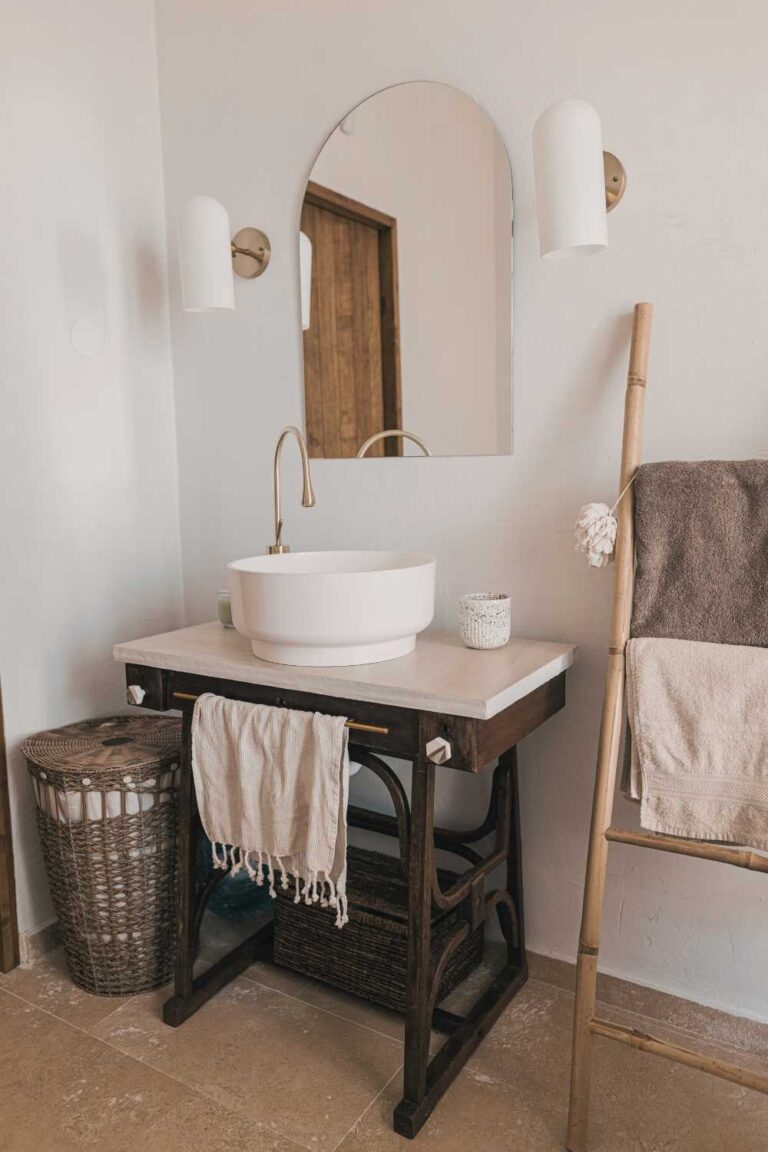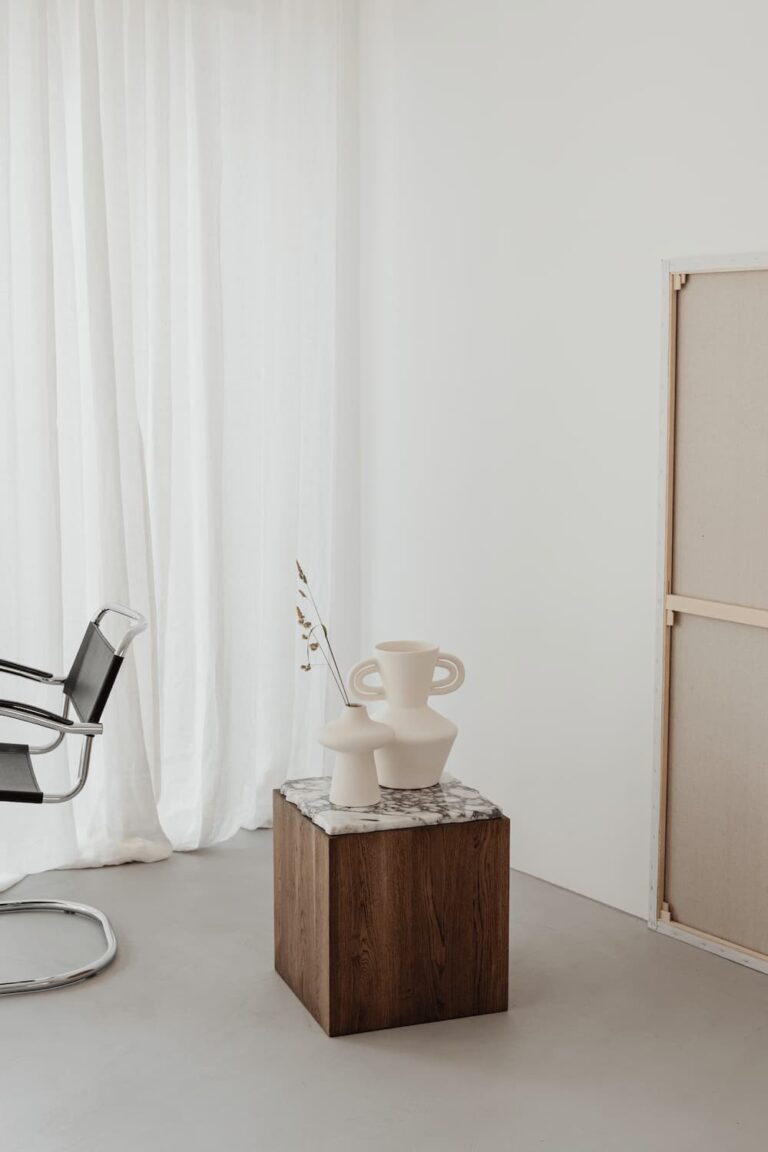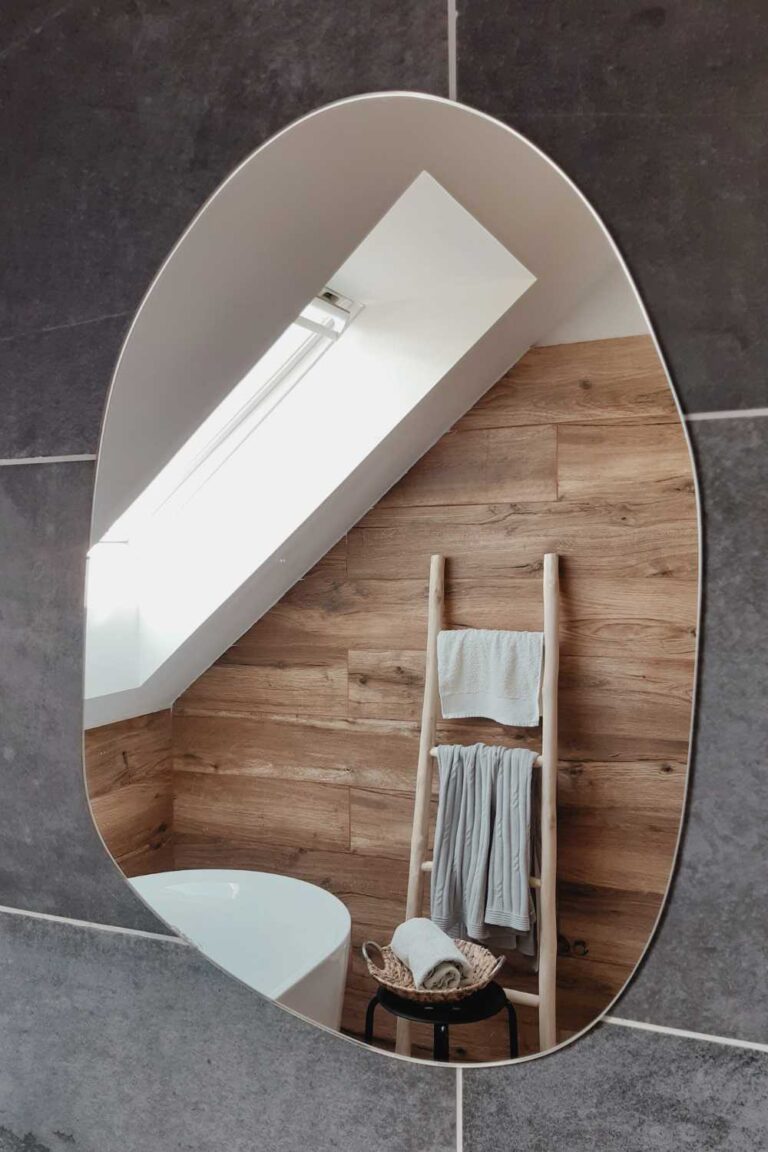What is My Home Decor Style: Discover Your Style Now!
Your home is an extension of your personality, and how you decorate it reflects your individual taste and style. Whether moving into a new space, decorating, or simply looking to refresh your current living one, understanding your home decor style can be a great starting point by asking fun questions. With many options available, exploring different types, things, and finding the one that resonates with you the most is essential. In this article, we’ll delve into various home decorating styles, from traditional to modern, minimalist to bohemian, and more, helping you discover your own unique style.
Traditional Home Decor Style
Traditional home decor style embraces classic designs and timeless elegance. It has rich, warm color palettes, luxurious fabrics, and ornate details. You’ll find furniture pieces with intricate carvings and curved lines when opting for a traditional style. Think wingback chairs, velvet sofas, and wooden tables. Antiques and heirlooms can add a sense of history and heritage to your space. Persian rugs, damask wallpapers, and chandeliers enhance the traditional ambiance.
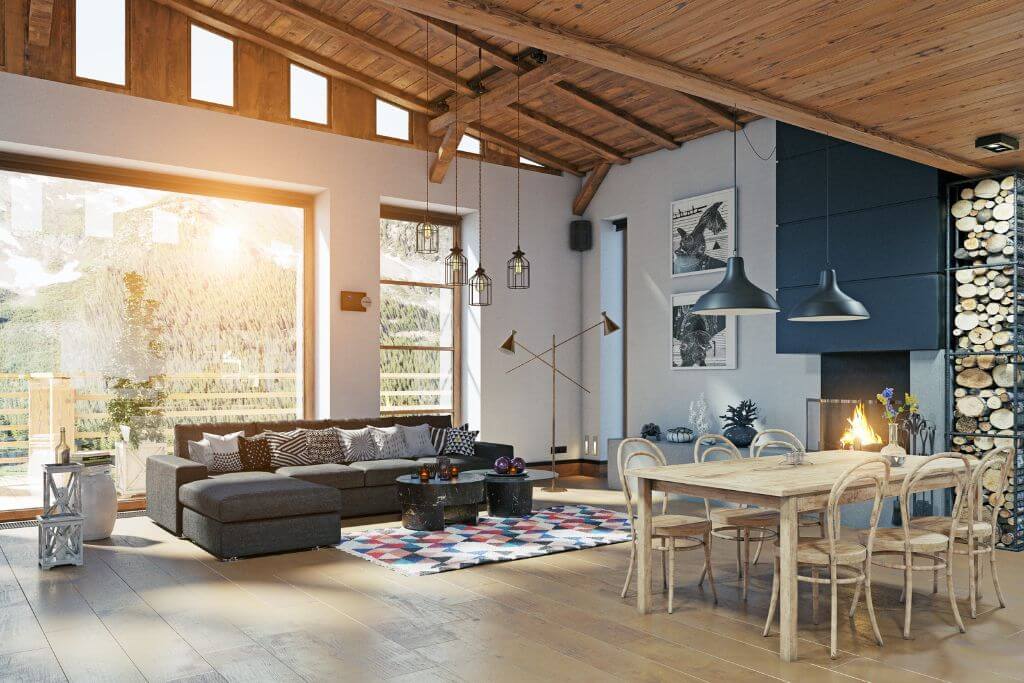
Image by: Unsplash
Modern Home Decor Style
In contrast to traditional style, modern home decor focuses on simplicity, clean lines, and minimalism. This style embraces the “less is more” philosophy, creating a sleek and clutter-free environment. The color palette is often neutral, with pops of bold accents to add visual interest. Contemporary furniture with smooth surfaces and geometric shapes is commonly used. Metal, glass, and plastic materials can help achieve a modern aesthetic. Keep the space uncluttered to create a cohesive look and let each piece shine.
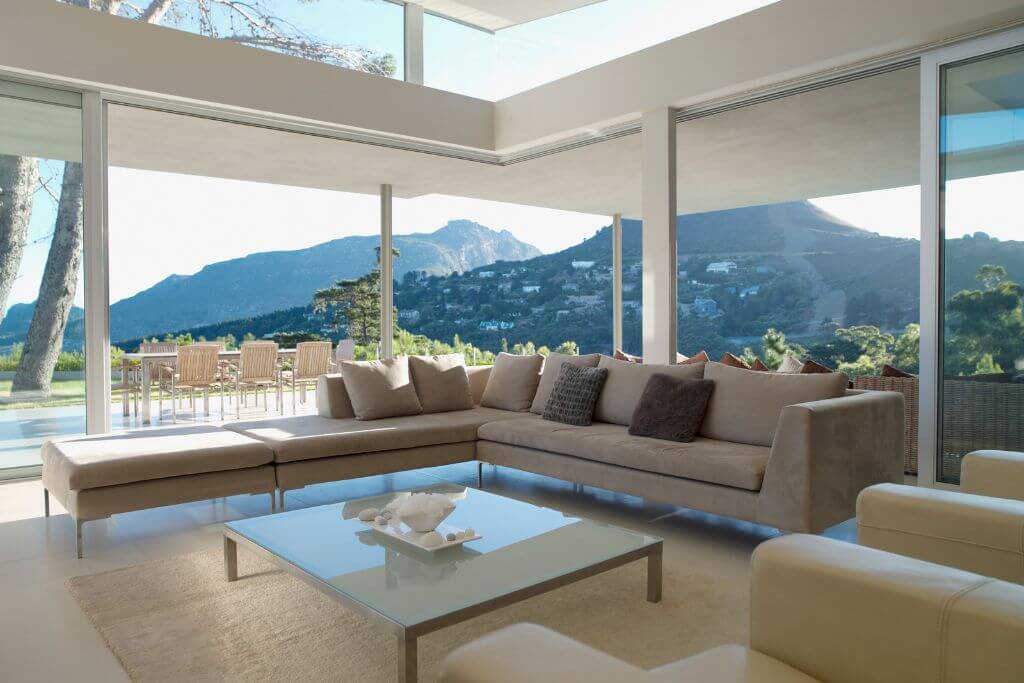
Image by: Pexels
Minimalist Home Decor Style
Minimalist home decor style takes simplicity to a whole new level. It’s all about decluttering, embracing functionality, and creating open, airy spaces. The color palette revolves around neutral tones like whites, grays, and beiges. Furniture with clean lines and multifunctional features is favored. Minimalist design often focuses on natural materials, such as wood and stone. Incorporating storage solutions and opting for a “less is more” approach to decor items can help achieve a minimalist vibe.
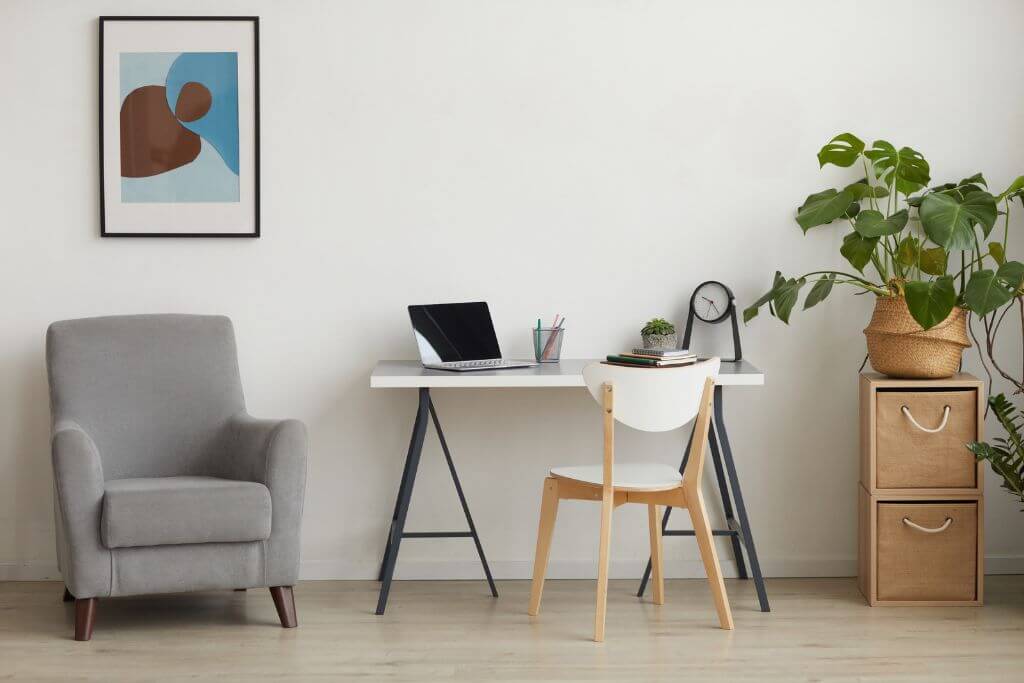
Image by: Pexels
Industrial Home Decor Style
The industrial home decor style might be for you if you’re drawn to raw and unfinished aesthetics. Inspired by converted lofts and warehouses, this style showcases exposed brick walls, metal beams, and concrete floors. Industrial lighting fixtures, such as pendant lamps with Edison bulbs, are popular. Incorporate softer elements like leather sofas and cozy rugs to balance the roughness. Salvaged and repurposed items, like old factory carts, turned into coffee tables, can add character to your industrial space.
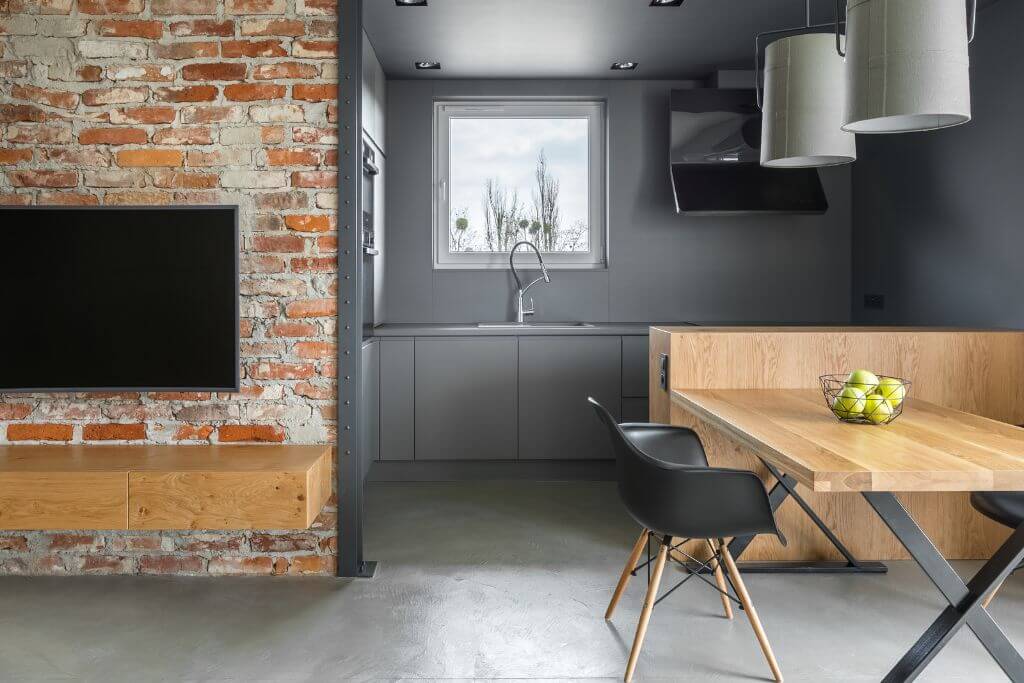
Image by: Pexels
Bohemian Home Decor Style
The bohemian home decor style offers a vibrant and eclectic approach for those with a free-spirited and artistic nature. This style celebrates individuality and embraces a mix of colors, patterns, and textures. Layering rugs, using colorful cushions, and incorporating textiles from different cultures can add depth to the space. Look for vintage or handcrafted furniture, such as rattan chairs or macrame wall hangings. Plants play a significant role in bohemian decor, bringing life and a sense of nature indoors.
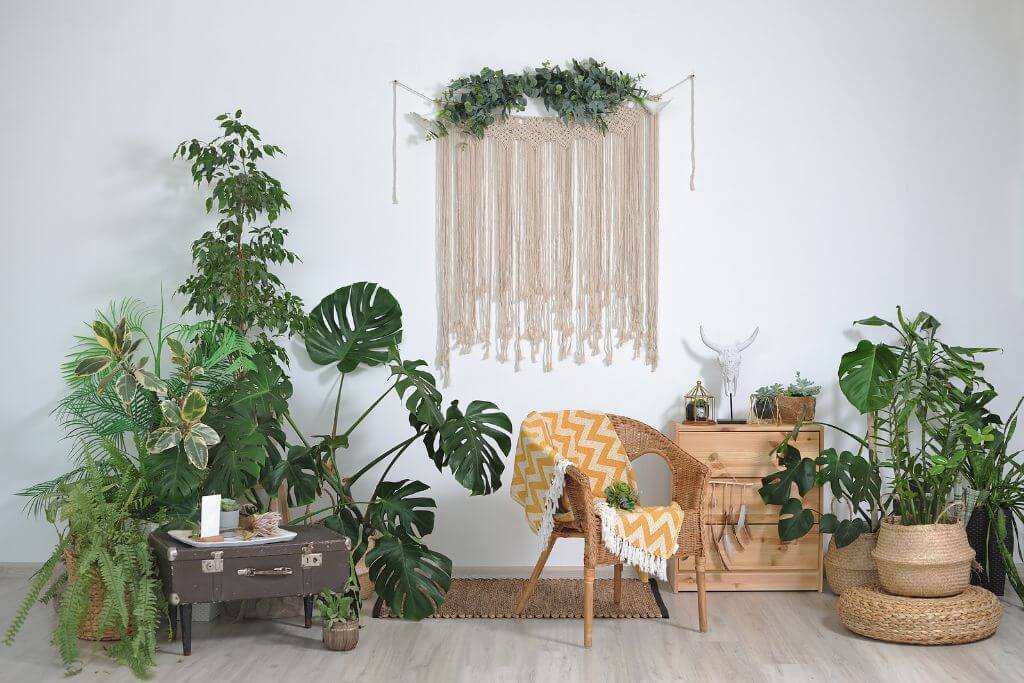
Image by: Pexels
Scandinavian Home Decor Style
The Scandinavian home decor is known for its simplicity, functionality, and cozy atmosphere. This style focuses on creating bright and airy spaces with a minimalistic approach. Light color palettes, such as whites, grays, and pastels, dominate the Scandinavian aesthetic. Natural light is maximized by using sheer curtains or opting for no window treatments. Furniture with clean lines and practical designs is preferred. Scandinavian decor often incorporates natural elements, such as wood and plants, to bring warmth and texture to the space.
Read more: Top 10 Must-Have Furniture Pieces for a Scandinavian Industrial Modern Home
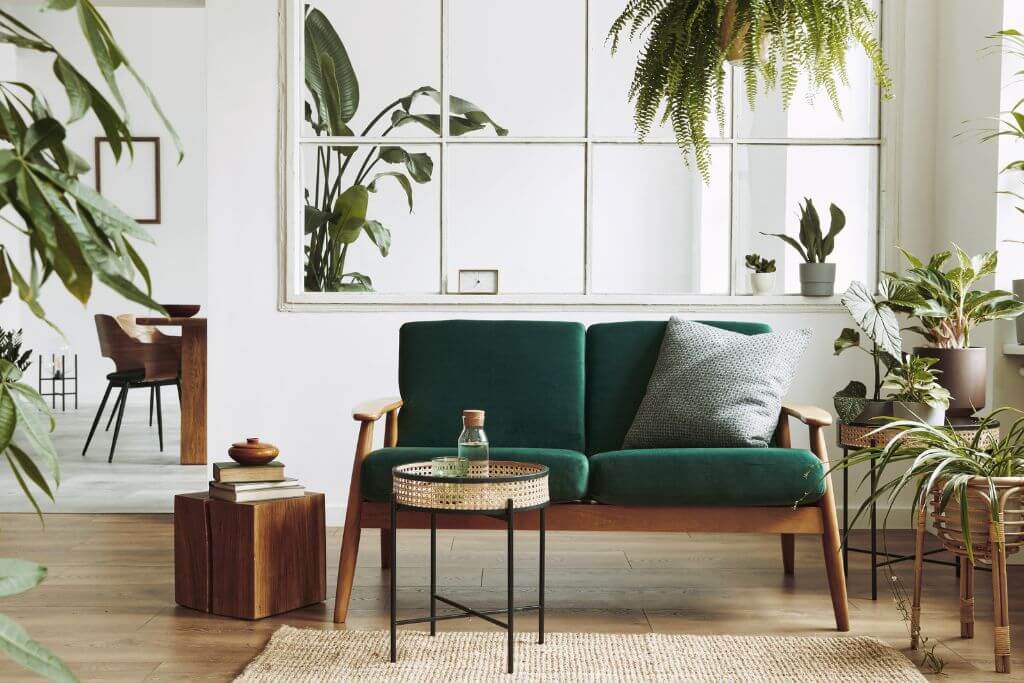
Image by: Pexels
Coastal Home Decor Style
If you long for a beach-inspired ambiance, coastal home decor style can transport you to a tranquil seaside retreat. This style is characterized by a light and breezy atmosphere, often achieved through a color palette of blues, whites, and sandy neutrals. Furniture with a relaxed and casual vibe, like slipcovered sofas and wicker chairs, is typical. Nautical elements, such as seashells, ropes, and anchors, can be incorporated as accessories. Natural materials like jute and driftwood further enhance the coastal aesthetic.
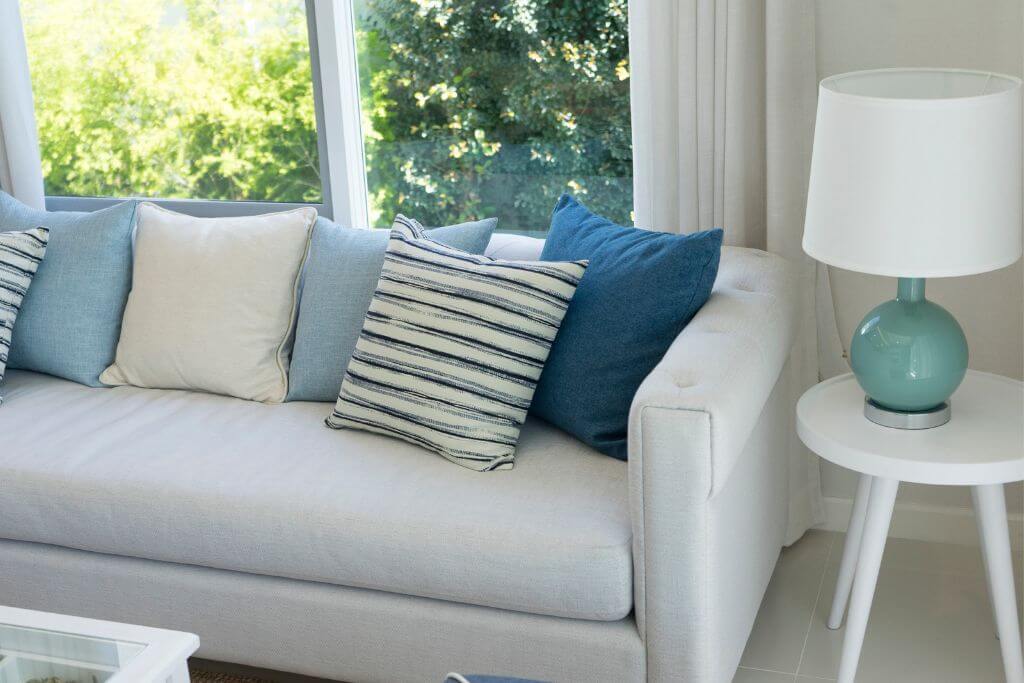
Image by: Unsplash
Farmhouse Home Decor Style
With its rustic charm and welcoming ambiance, the farmhouse home decor style is perfect for those who appreciate a cozy and nostalgic atmosphere. This style embraces natural materials, such as reclaimed wood and distressed finishes. Furniture with a farmhouse touch, like a farmhouse table or a barn door-inspired cabinet, adds character to the space. Neutral color palettes with hints of muted pastels create a soothing and inviting environment. Embrace the charm of farmhouse decor by incorporating vintage accessories and cozy textiles.
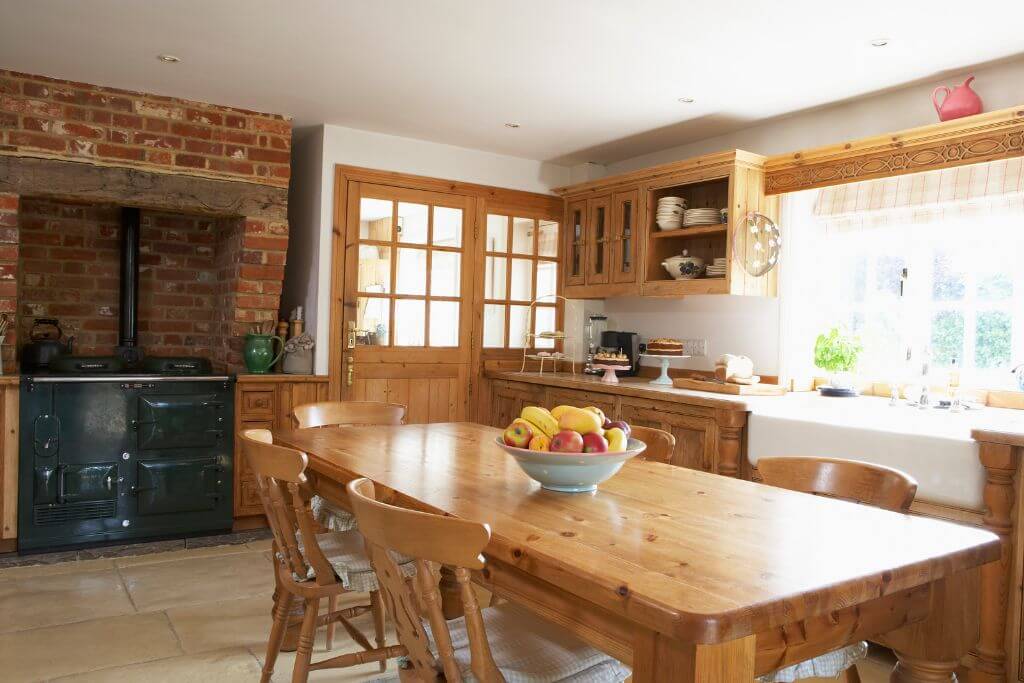
Image by: Unsplash
Eclectic Home Decor Style
If you find it challenging to stick to just one style, eclectic home decor allows you to mix and match different aesthetics to create a space that reflects your creativity. This style encourages you to embrace various colors, patterns, and textures. Feel free to combine vintage and modern pieces or mix cultural influences. The key to achieving a cohesive look is to find a balance and maintain a sense of harmony in the overall design.
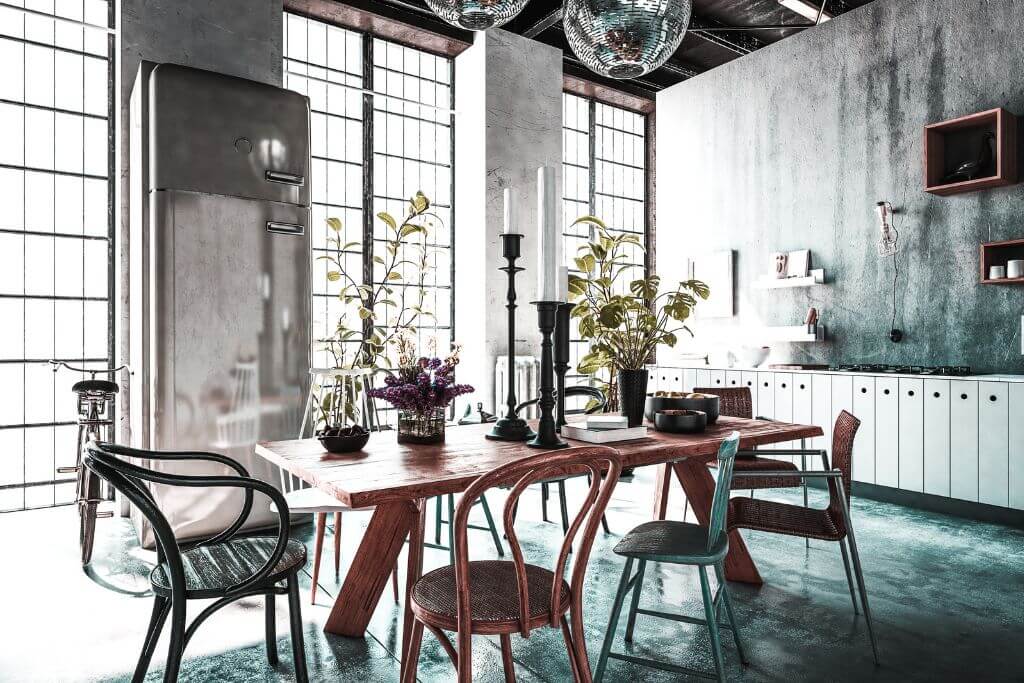
Image by: Pexels
Transitional Home Decor Style
Transitional home decor style bridges the gap between traditional and modern aesthetics, creating a timeless and versatile approach. This style combines classic elements with contemporary designs, creating a harmonious balance. Furniture with simple lines and neutral upholstery is commonly used. Mixing different materials, such as wood and metal, adds visual interest. Transitional decor allows you to create a space that feels both comfortable and sophisticated.
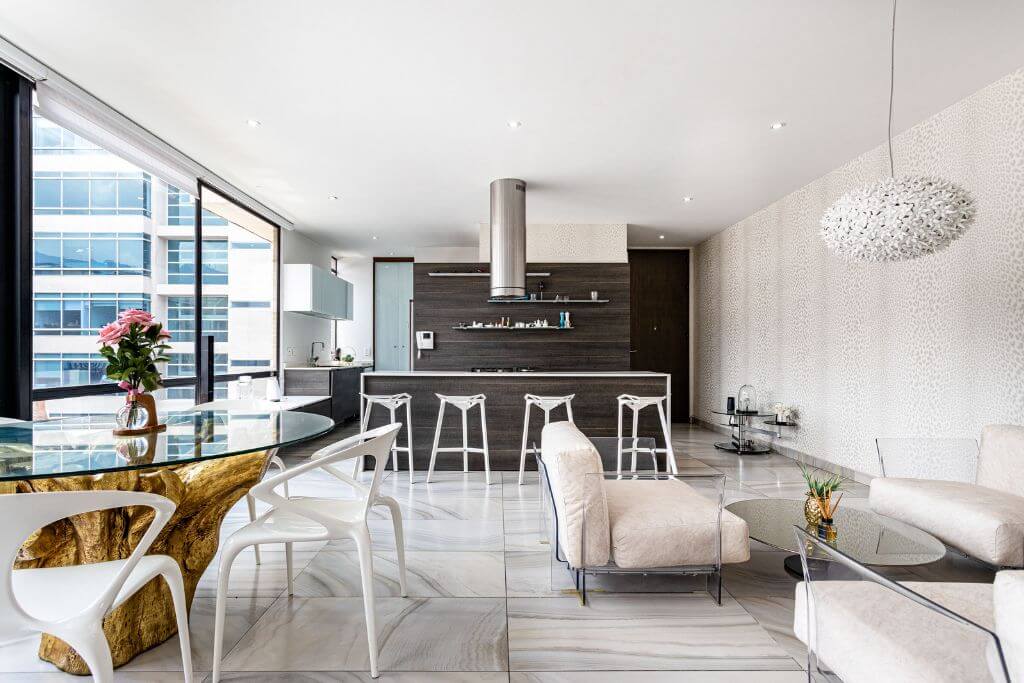
Image by: Unsplash
Art Deco Home Decor Style
Art Deco home decor style exudes glamour, luxury, and a touch of nostalgia. This style became popular in the 1920s and 1930s, featuring geometric patterns, bold colors, and reflective surfaces. Furniture with sleek lines and metallic accents adds to the opulent aesthetic. To enhance the Art Deco vibe, incorporate mirrored furniture, such as side tables or console tables. Feel free to make a statement with bold colors like deep blues, emerald greens, or vibrant yellows.
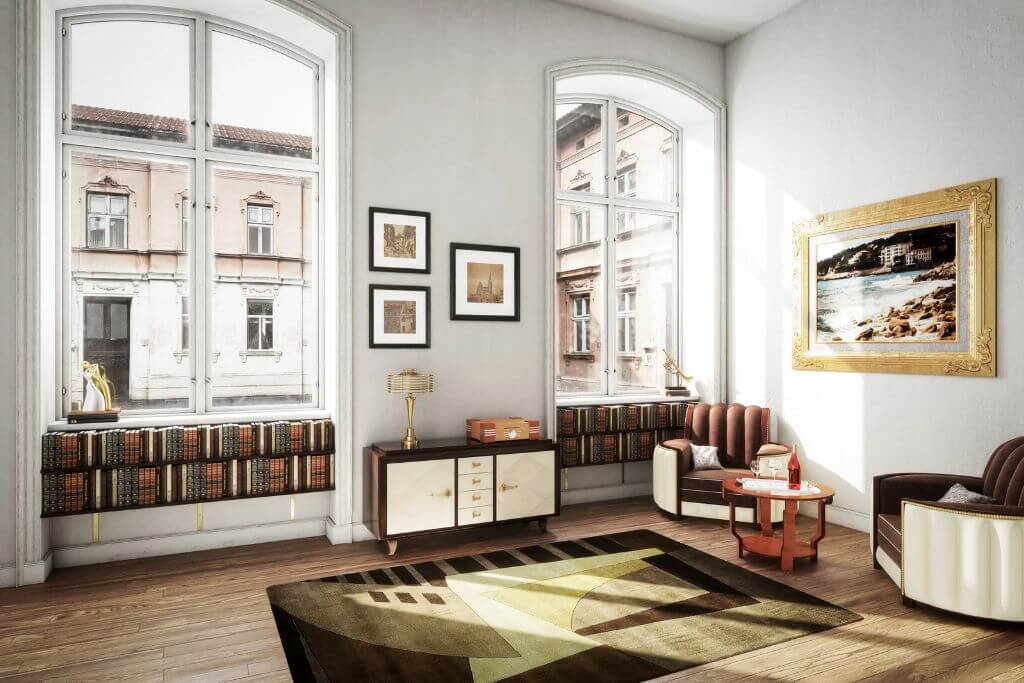
Image by: Unsplash
Mid-Century Modern Home Decor Style
Mid-Century Modern home decor style takes inspiration from the design trends of the mid-20th century. This style is characterized by clean lines, organic shapes, and a retro yet futuristic feel. Furniture pieces with iconic designs, such as Eames chairs or a Noguchi coffee table, can be focal points. Embrace natural materials, like wood and leather, in your furniture choices. Create a cohesive look by incorporating bold, bright colors like oranges, yellows, and teals.
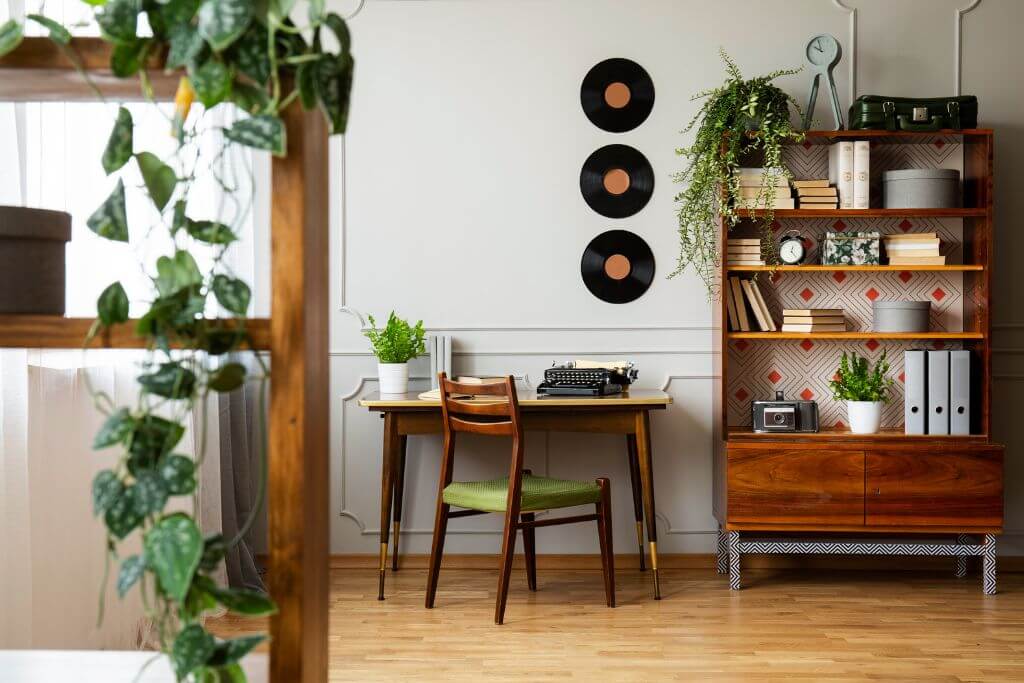
Image by: Pexels
Rustic Home Decor Style
Rustic home decor style embraces the warmth and charm of the outdoors, bringing nature indoors. This style often incorporates natural materials like wood, stone, and earthy textiles. Furniture with a distressed or weathered look adds to the rustic appeal. Embrace warm color palettes, like browns, beiges, and deep reds, to create a cozy atmosphere. Add texture through exposed beams, woven baskets, and animal hides.
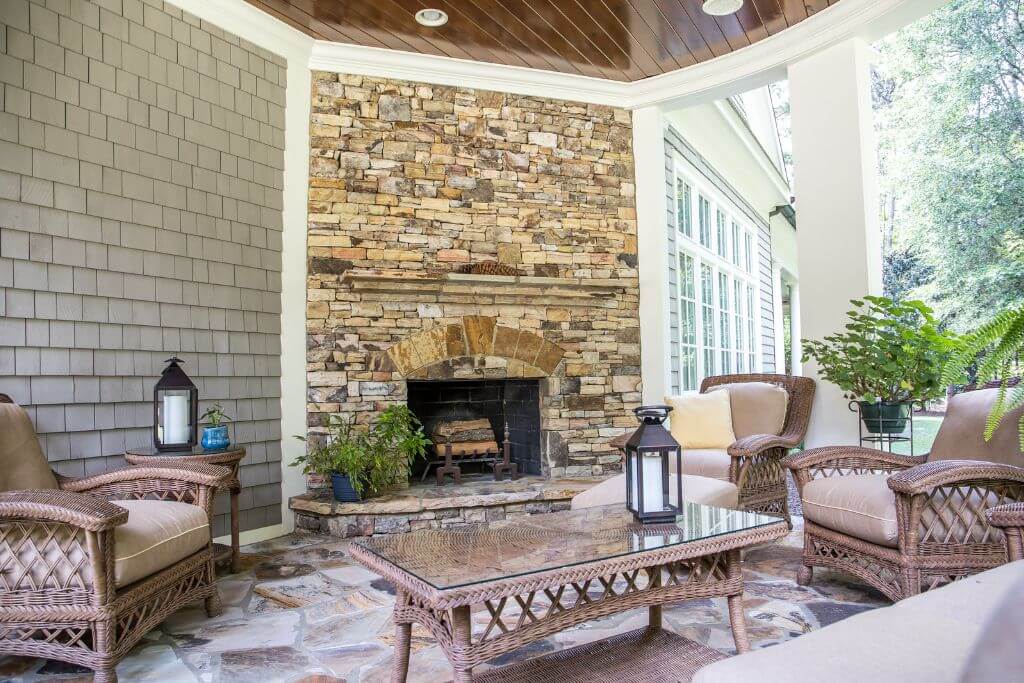
Image by: Unsplash
Final Words
Discovering your home decor style is an exciting journey that allows you to express your personality and create a space that truly feels like home. Take the time to explore different types, consider your preferences, and experiment with combinations. Remember that your style can evolve over time; mixing elements from different aesthetics is wonderful to create a space that reflects your unique taste. Embrace the power of self-expression and transform your home into a place that inspires and uplifts you.
Frequently Asked Questions
How do I determine my home decor style?
Determining your home decor style involves exploring different aesthetics, considering your preferences, and finding inspiration. Look for design ideas in magazines or online platforms, or visit home decor stores to get a sense of what resonates with you. Create mood boards or Pinterest boards to gather images that appeal to your taste. Identify common elements among them to help define your style.
Can I mix different home decor styles?
You can mix different home decor styles to create a unique and personalized space. However, it’s important to find a balance and maintain a sense of harmony in the overall design. Consider the compatibility of different styles and aim for cohesion by focusing on common elements or complementary colors
What if my style changes over time?
Home decor styles can evolve as your tastes and preferences change. Embrace the opportunity to refresh your space and experiment with new aesthetics. You can incorporate new elements while still maintaining the essence of your existing decor. Consider starting with smaller changes like swapping out accessories or introducing new colors to gradually transition to a unique style.
Are there any budget-friendly options for home decor?
Absolutely! Home decor doesn’t have to be expensive. Thrift stores, flea markets, and online marketplaces often offer unique and affordable furniture and decor. DIY projects can also be a budget-friendly option to add a personal touch to your space. Repurposing or upcycling existing items can give them a fresh look without breaking the bank.
Can I incorporate elements from multiple styles?
Incorporating elements from multiple styles can create an eclectic and personalized space. The key is to find a balance and maintain a sense of cohesion. Look for common threads or complementary aspects between the styles you wish to combine. Focus on creating a harmonious overall design rather than overwhelming the space with conflicting elements.


